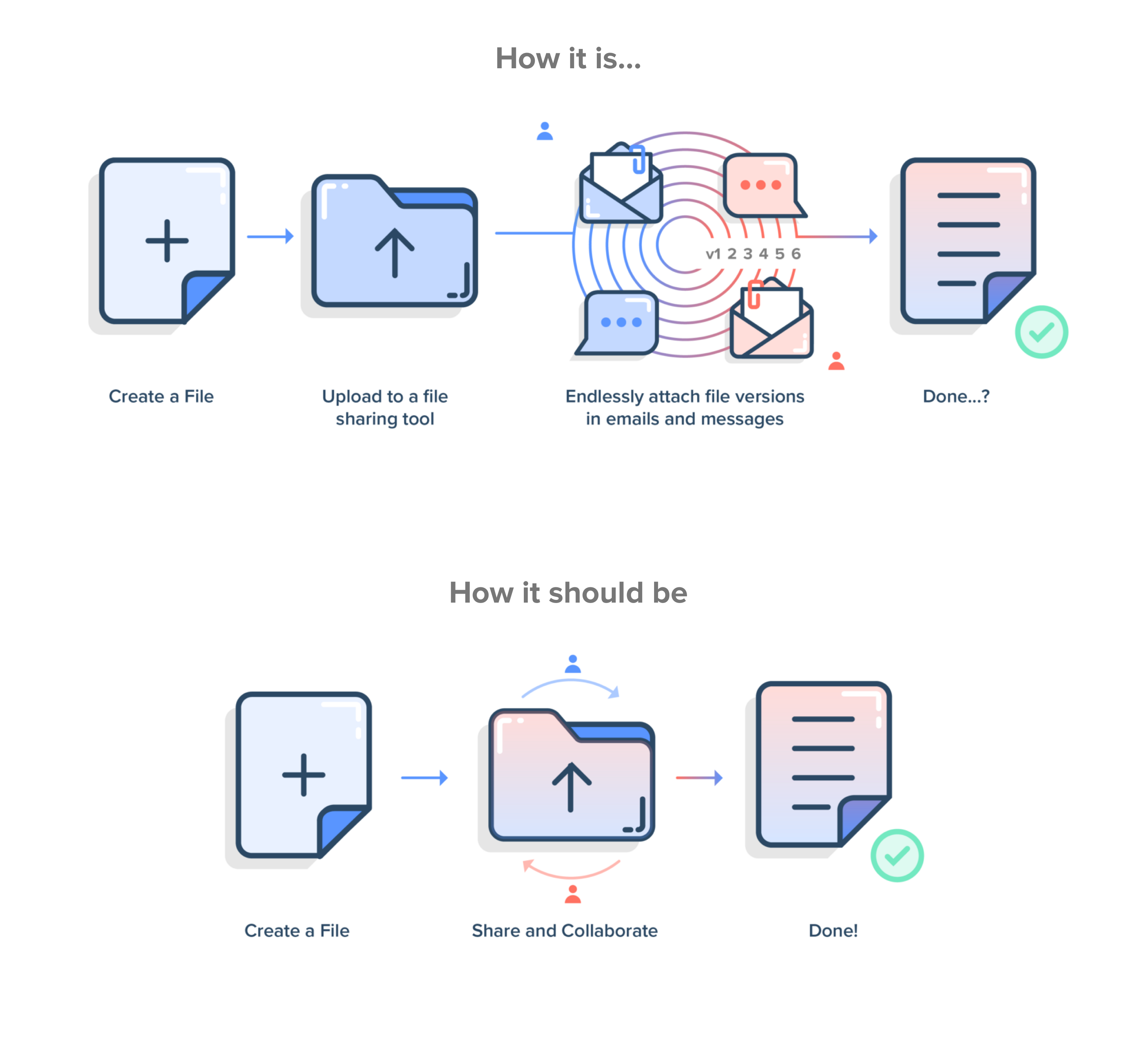
Fig. 1: The motivation behind Amium
↩ All Projects
Product Design Lead
Information Architecture
Brand & Marketing
2015 – 2018
When I first joined Air Computing, Inc, the only product the company had was AeroFS. It was a Dropbox-like file sharing tool that had the security of hosting your files behind a firewall (ask an engineer) and the breezy interface of a consumer product. I was invited on board to design an entirely new product that built upon this software to create an app that allowed users not only to sync and share files online, but also to talk about them in the same place. This product soon became Amium.
What spurred this decision to create a brand new product? Our company sensed that there was a shift in the market of collaboration products away from the super secure. AeroFS’ biggest customer at the time, Palantir, had decided to move to a less secure, more user friendly option. So, we joined the winning team. And we were going to be that much more useful than the current players.

Fig. 1: The motivation behind Amium
To replace the tech industry giants Dropbox and Slack was a gargantuan undertaking, and admittedly it was perhaps too big of a challenge for a designer fresh out of school to take on at the time. There was so much functionality to present to users, and so little real estate to fit it all. The product team was faced with more questions than the two of us knew how to handle. How do we get users to download the syncing desktop client? Even Dropbox has trouble explaining how that folder on your computer is basically the key to the rest of the software to the less tech-savvy audience. How do we represent that there are files on your desktop linked to the chat we’ve pictured in the software? How will they understand the benefits of syncing a file rather than attaching one? I’m sure our users will understand why there are conversations within conversations. The important thing is, how do we get users to pay us? As a first stab, Amium literally felt like the child of Dropbox and Slack that was kept hidden in the attic for its entire life.
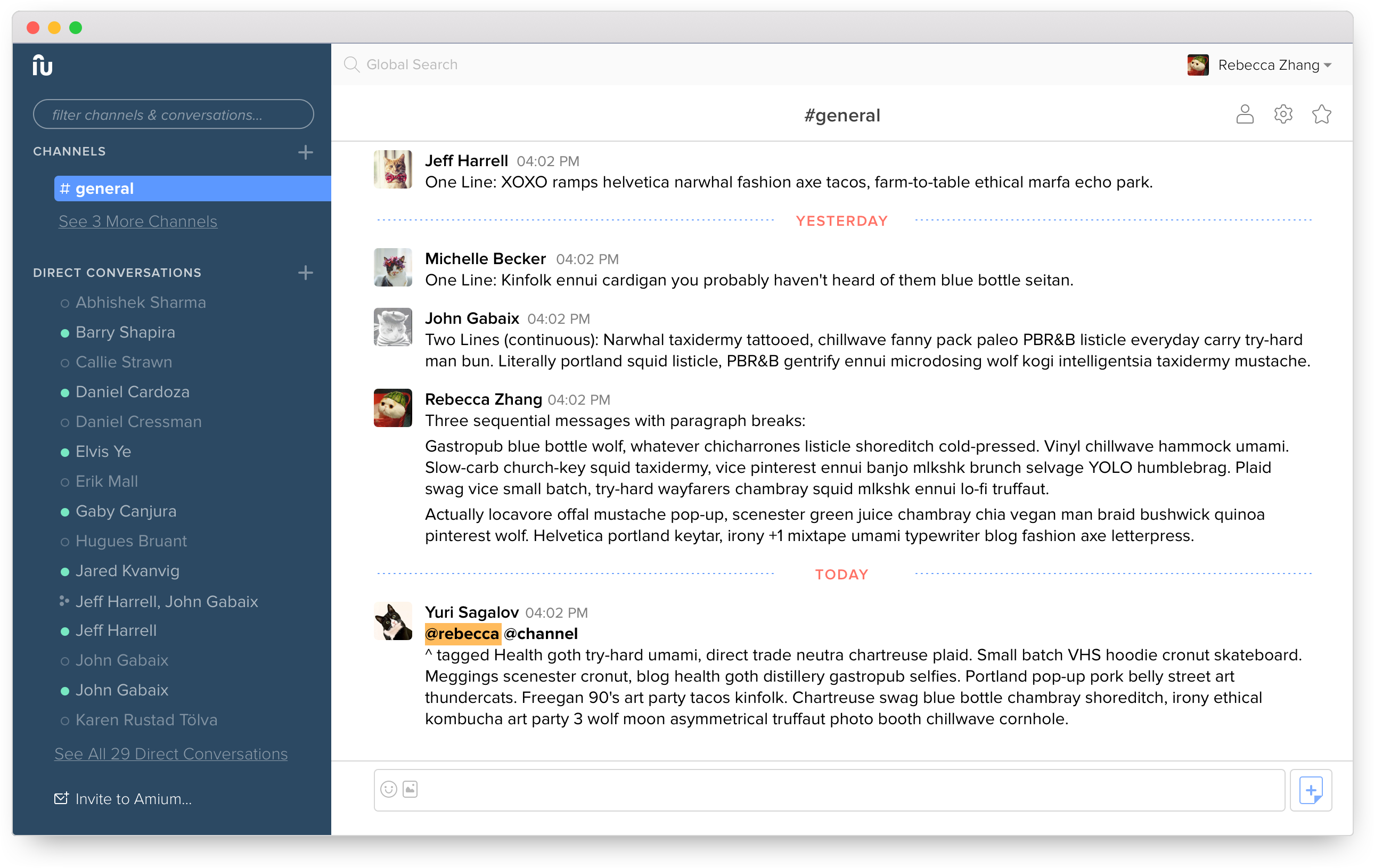
Fig.2 : Team chat at the core
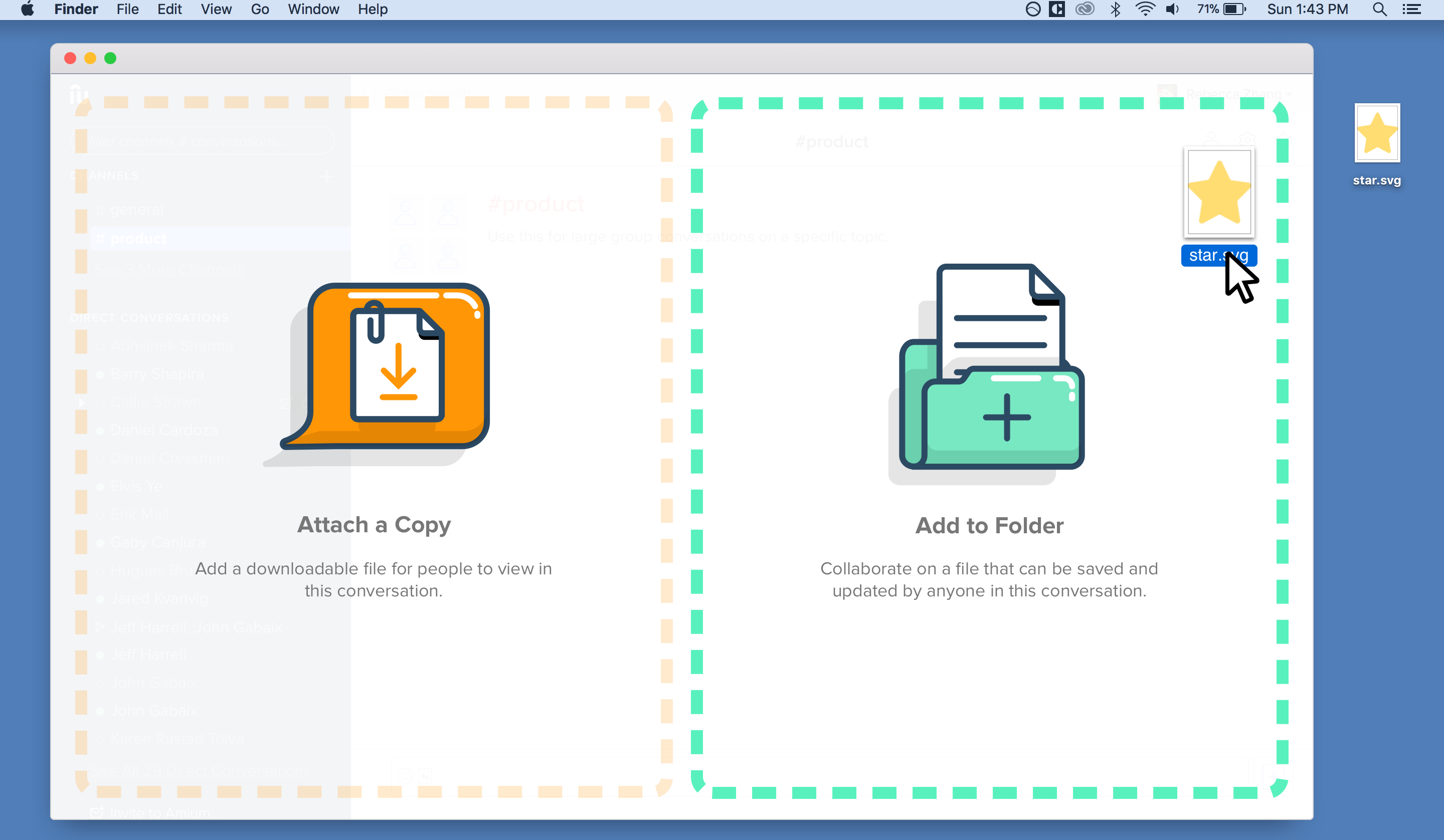
Fig.3 : Dragging and dropping files from Desktop
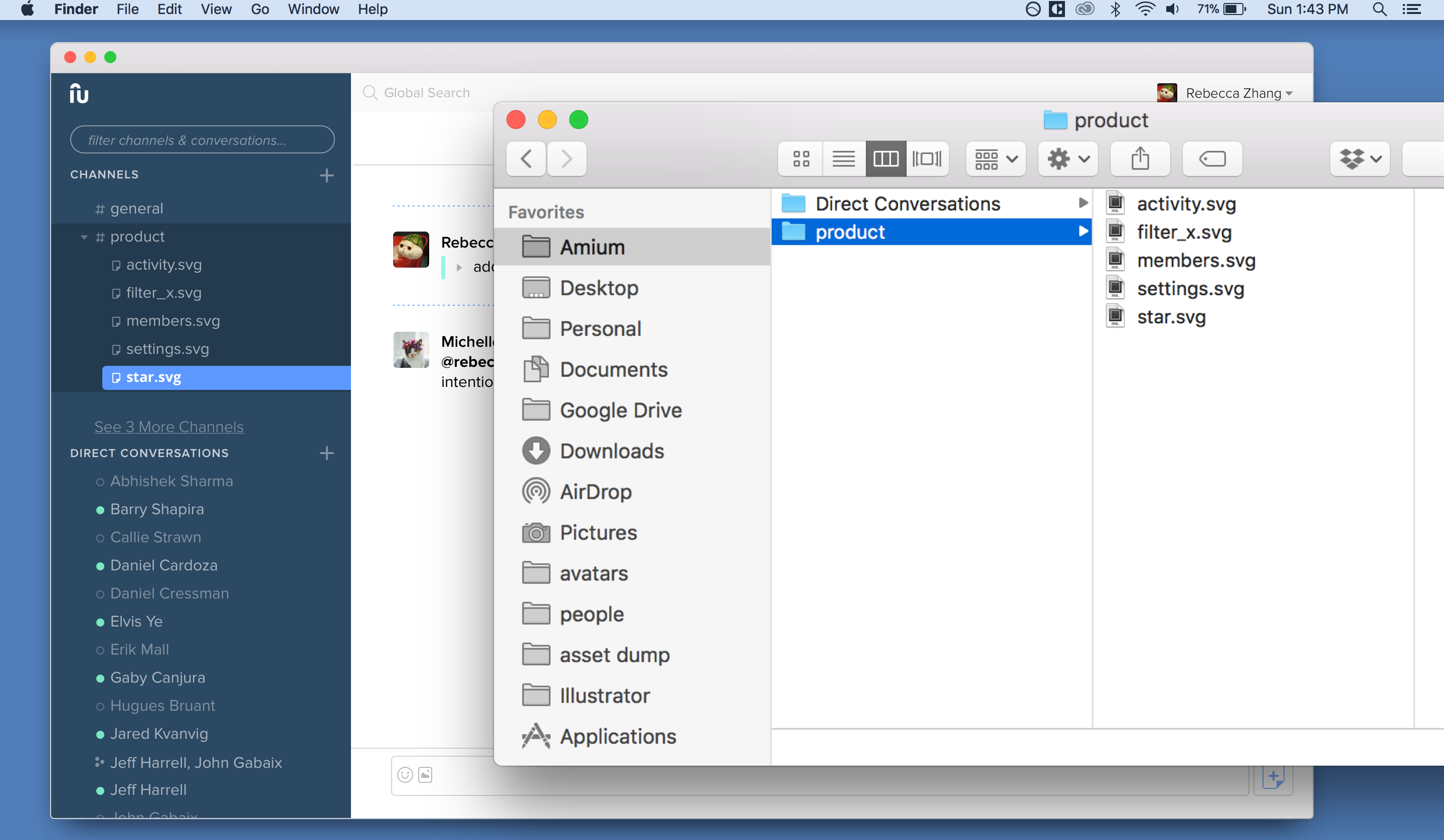
Fig.4 : All files added to Amium are synced on every channel member's desktop file system
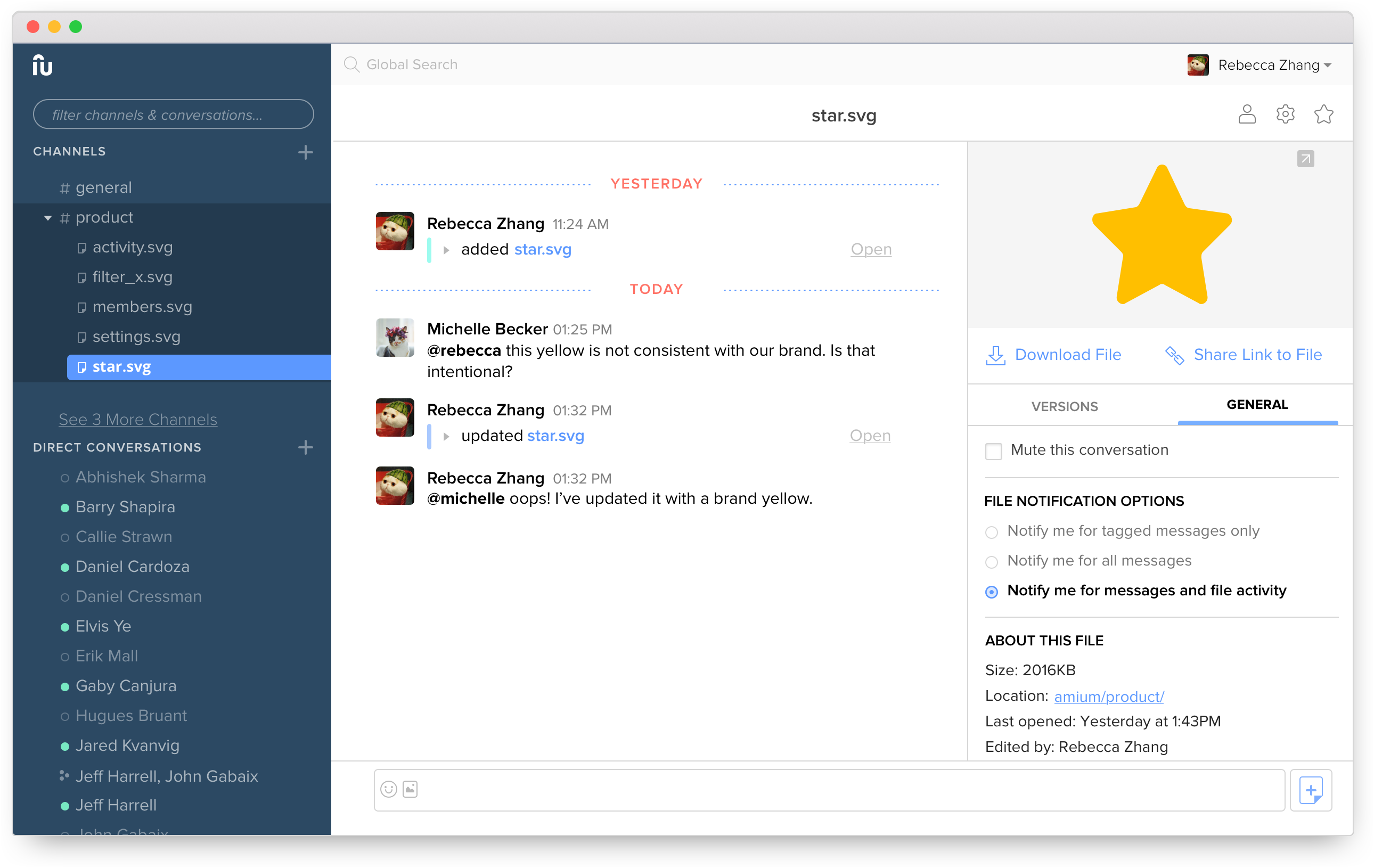
Fig.5 : File Thread – Have independent convos about a single synced file
We launched to a little bit of fanfare (5th on Producthunt, the day Instagram launched stories too!), but growth stagnated extremely quickly. We couldn’t just sit there and watch this bright promise die in our hands! So, my product manager and I conducted a series of many user tests. We brought in friends and family of employees that had no prior interaction with Amium and saw to our dismay how little users actually understood about the product. With our newfound data, we tried addressing friction points with many iterations of onboarding flows.
Eventually, our frustrations lead us to another iteration of Amium. This time, we added more constraints. There are now designated “mega channels” called projects to which users can add critical files. To make it obvious that users can sync files to these channels, we’ll take the nested files from the leftmost roster and single them out in a second roster dedicated just to them. If users just want to talk, there are now chatrooms with only chat functionality. People can’t figure out how to invite users? We’ll expose the members list with an email entry AND a shareable invite link so it’s foolproof.
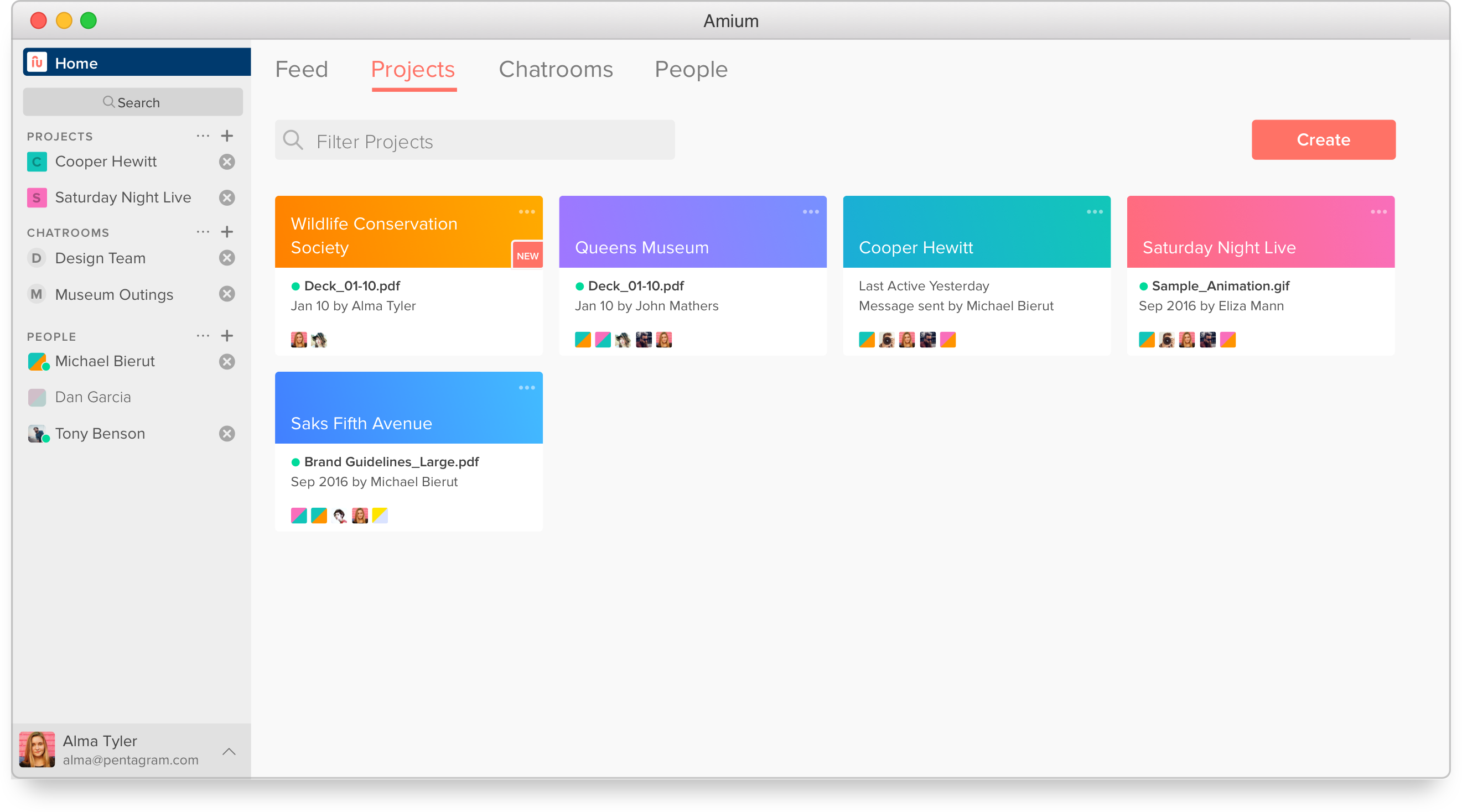
Fig.6 : The new Amium has a homescreen to provide roster flexibility
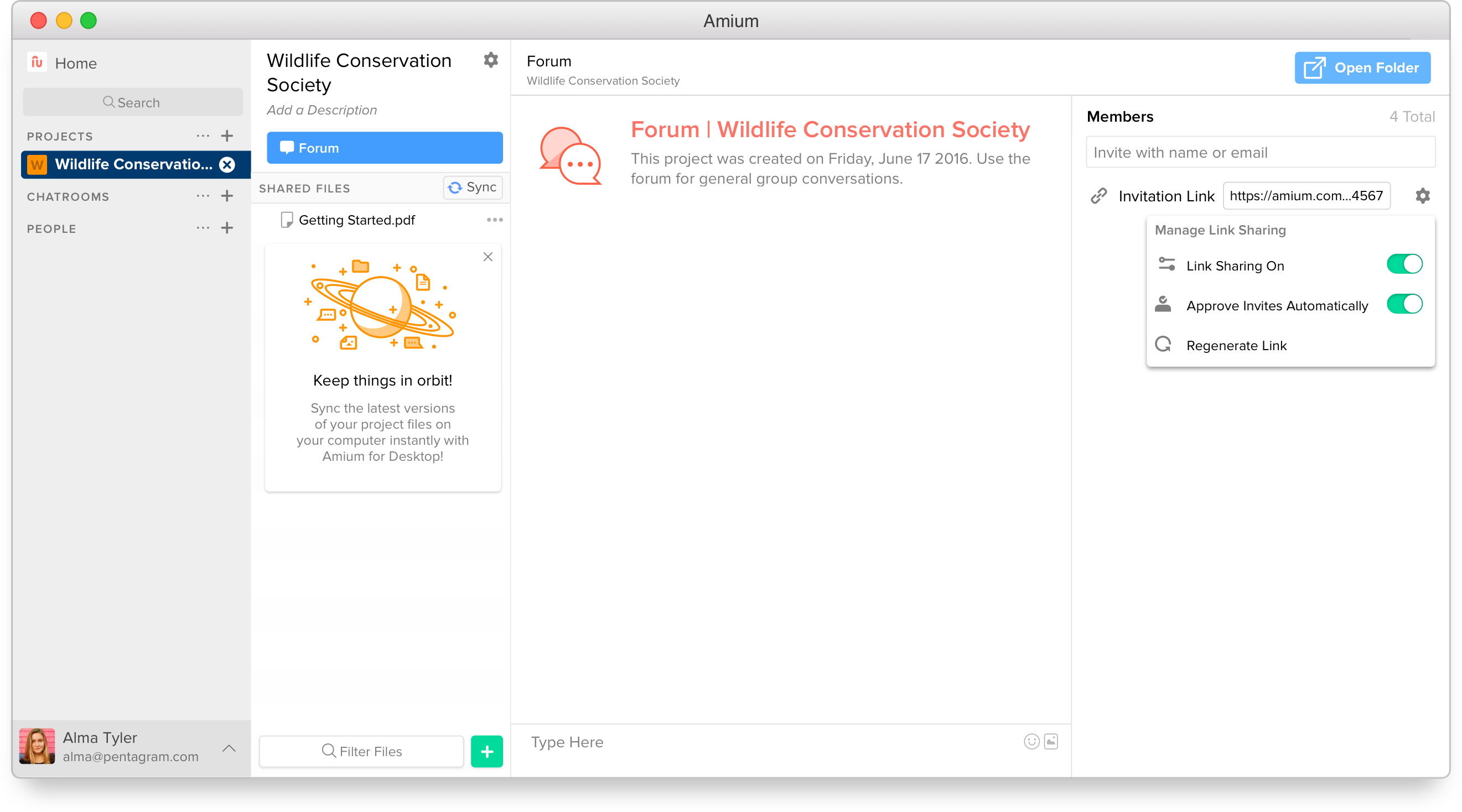
Fig.7 : Empty State – Splitting up the left roster into two provided for better passive user education
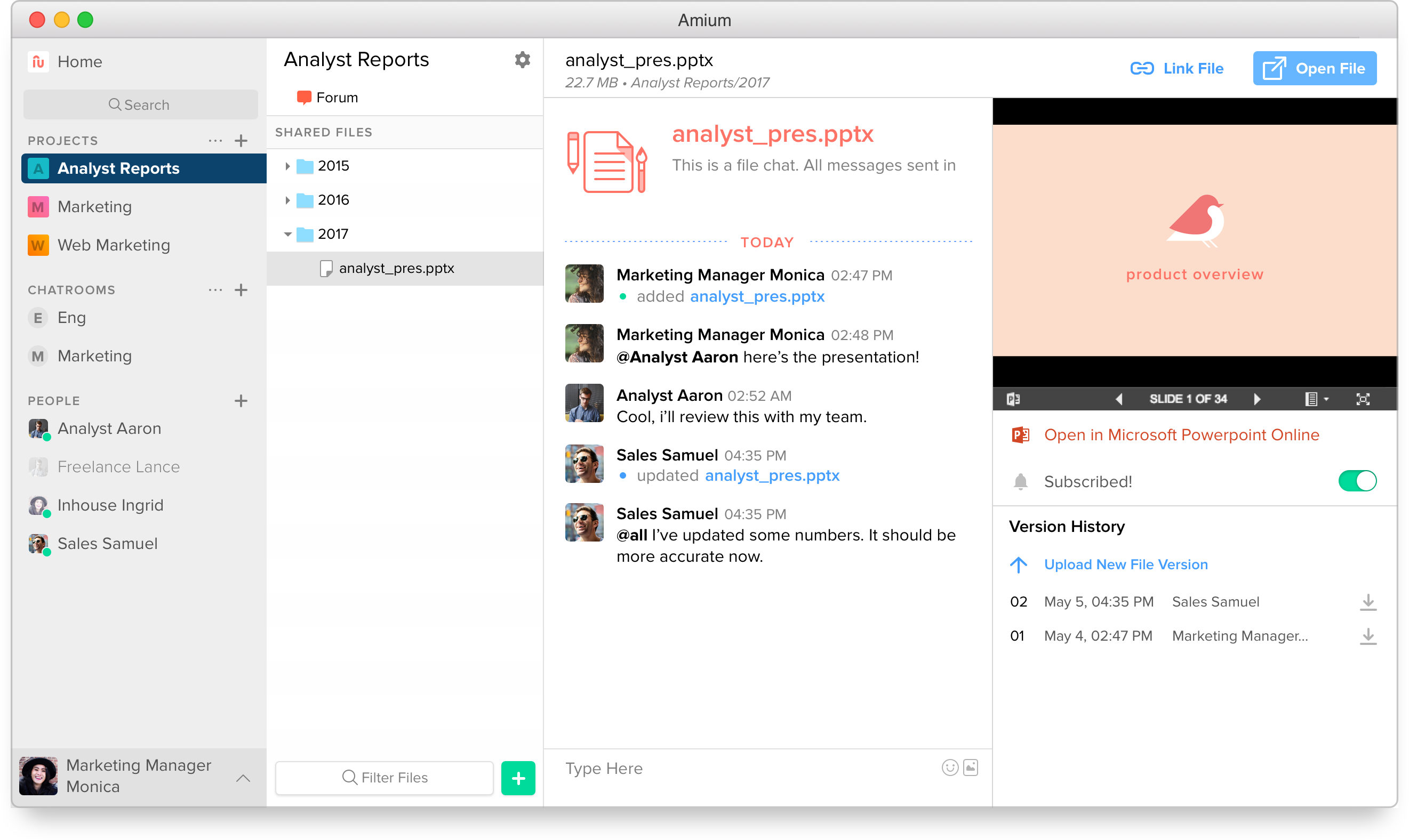
Fig.8 : Updated file thread with Microsoft Office Integration
Well, even with all that work, it seems like users just weren’t interested. Perhaps Amium was too big of a dream and people really didn’t hate using multiple tools as much as they claimed to. Maybe we need to make it simpler. Maybe we need to target agencies who are heavy file collaborators. I spent a few months drawing up what Amium could be in each of those situations
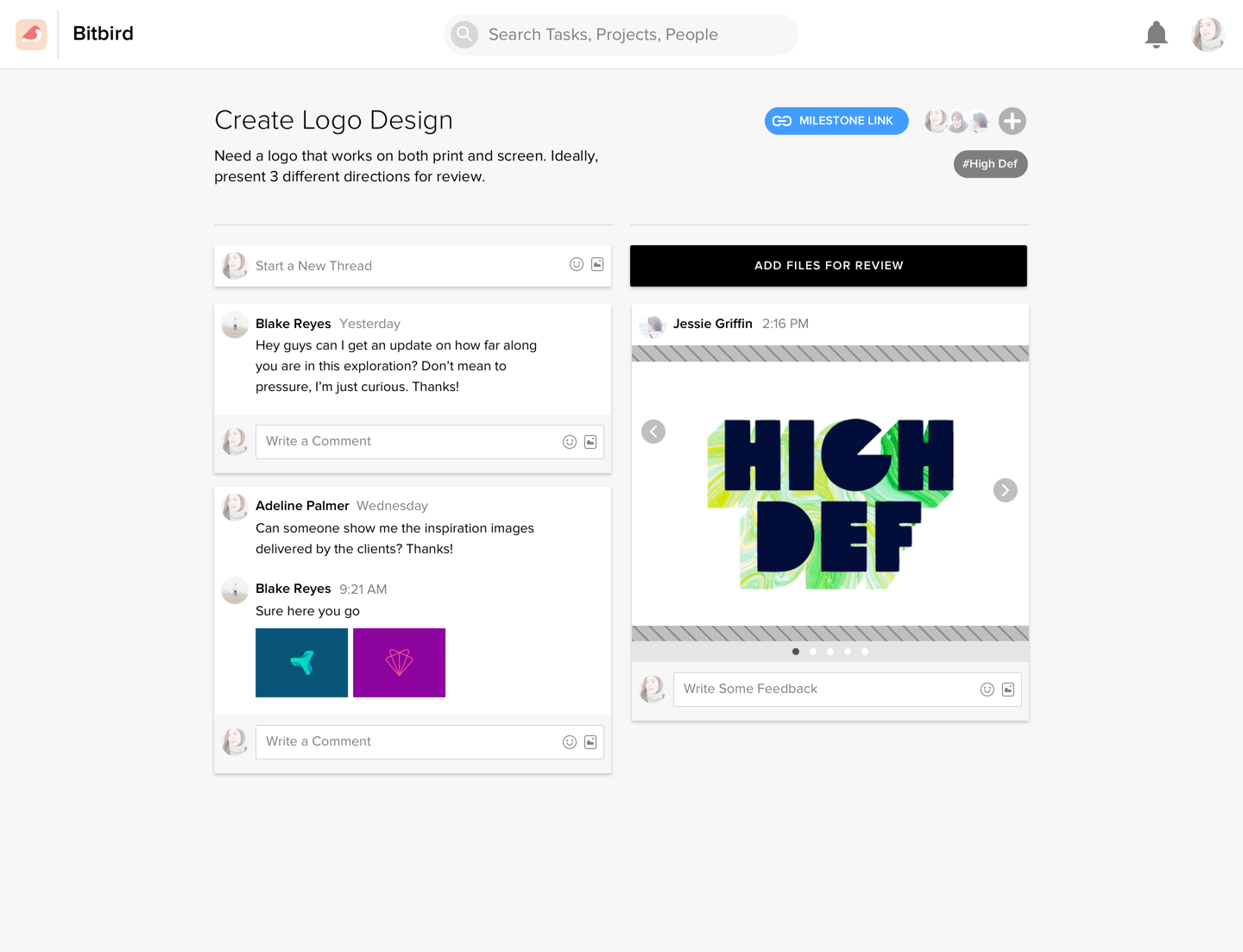
A social media feed inspired model

A project-brief model
Fortunately, when I felt like there was no more hope, our opportunistic CEO made the huge business decision to acquire Redbooth, another collaboration product that was way more popular and profitable than Amium ever was. It offered us the brand name to continue tampering with innovative solutions to aide teamwork with software. While Amium was officially decommissioned in Winter of 2017, I’m really hoping that some of its ambitions will live on in Redbooth.